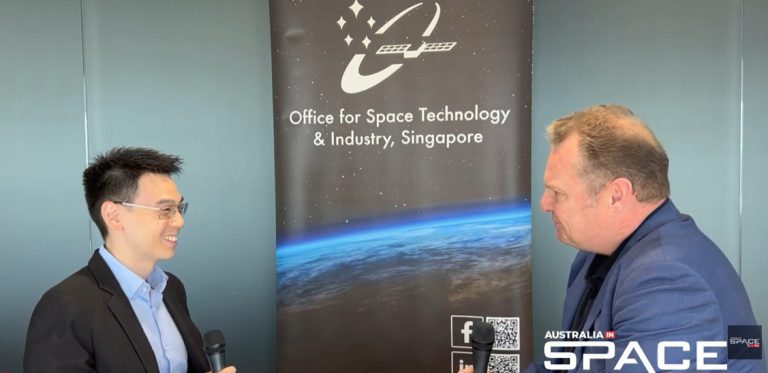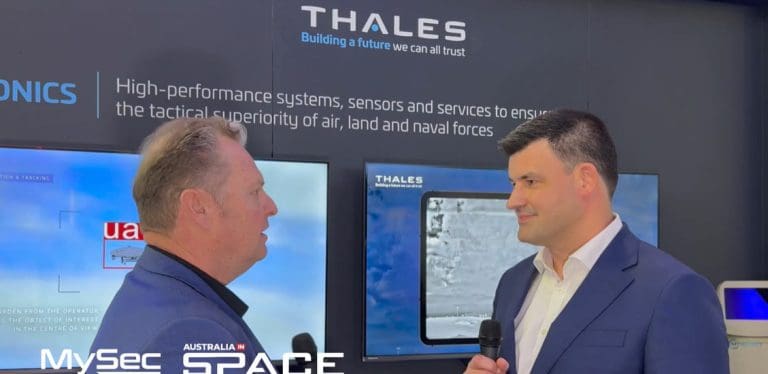During the 75th International Astronautical Congress (IAC), Vast, the US-based space habitation technology company, unveiled Haven-2 — the proposed successor to the International Space Station (ISS) and the next step in the company’s vision to pioneer a path to long-term living and thriving in space.
We speak with VAST Chief Executive Officer, Max Haot at IAC 2024.
With the planned retirement of the International Space Station (ISS) by 2030, NASA conceived the Commercial LEO Destination (CLD) program and is expected to select its Phase 2 winner(s) in mid-2026. Laser-focused on securing this prestigious contract to build the successor to the ISS, Vast has developed Haven-2, designed to offer the most compelling solution to ensure continued U.S. and international partner presence in low-Earth orbit (LEO).
“Our focus this decade is to win the NASA Commercial LEO Destination (CLD) contract and build the successor to the International Space Station,” said Max Haot, Vast CEO. “To achieve this, we will first demonstrate our capability by building and operating the world’s first commercial space station, Haven-1, which is set to launch in 2025.”
If selected in 2026, Vast plans to have the first module of Haven-2, an evolved and NASA-certified version of Haven-1, fully operational in orbit by 2028. This near-term timeline is made possible by leveraging Vast’s significant private investment in the design, build, launch, and operation of Haven-1. The first Haven-2 Module will be 5m longer than Haven-1, offering nearly twice the livable volume of its predecessor while utilizing all the same proven systems.
Haven-2 features the Haven-2 Lab, which offers state-of-the-art laboratory facilities to support a wide range of microgravity research and in-space manufacturing. With more volume and power capacity than its predecessor, Haven-1, the Haven-2 Lab accommodates larger payloads and laboratory equipment, provides extensive integration options for experiments and specialized equipment, and increases operational flexibility while ensuring ample power and thermal control for high-demand projects.
Additionally, the Haven-2 Lab meets all of NASA’s Basic Laboratory Capabilities for the CLD program, aligning with the highest standards for orbital research facility readiness.
To foster international collaboration, the Haven-2 Lab also offers the option to dedicate an entire module or a specific laboratory facility to international partners, creating opportunities for global participation in microgravity research.





